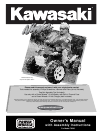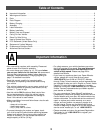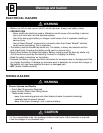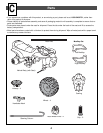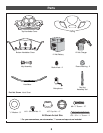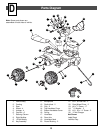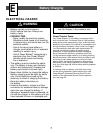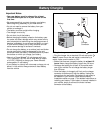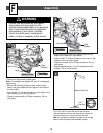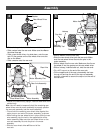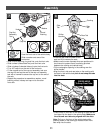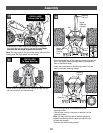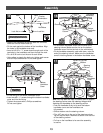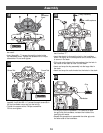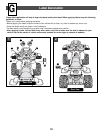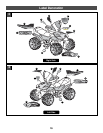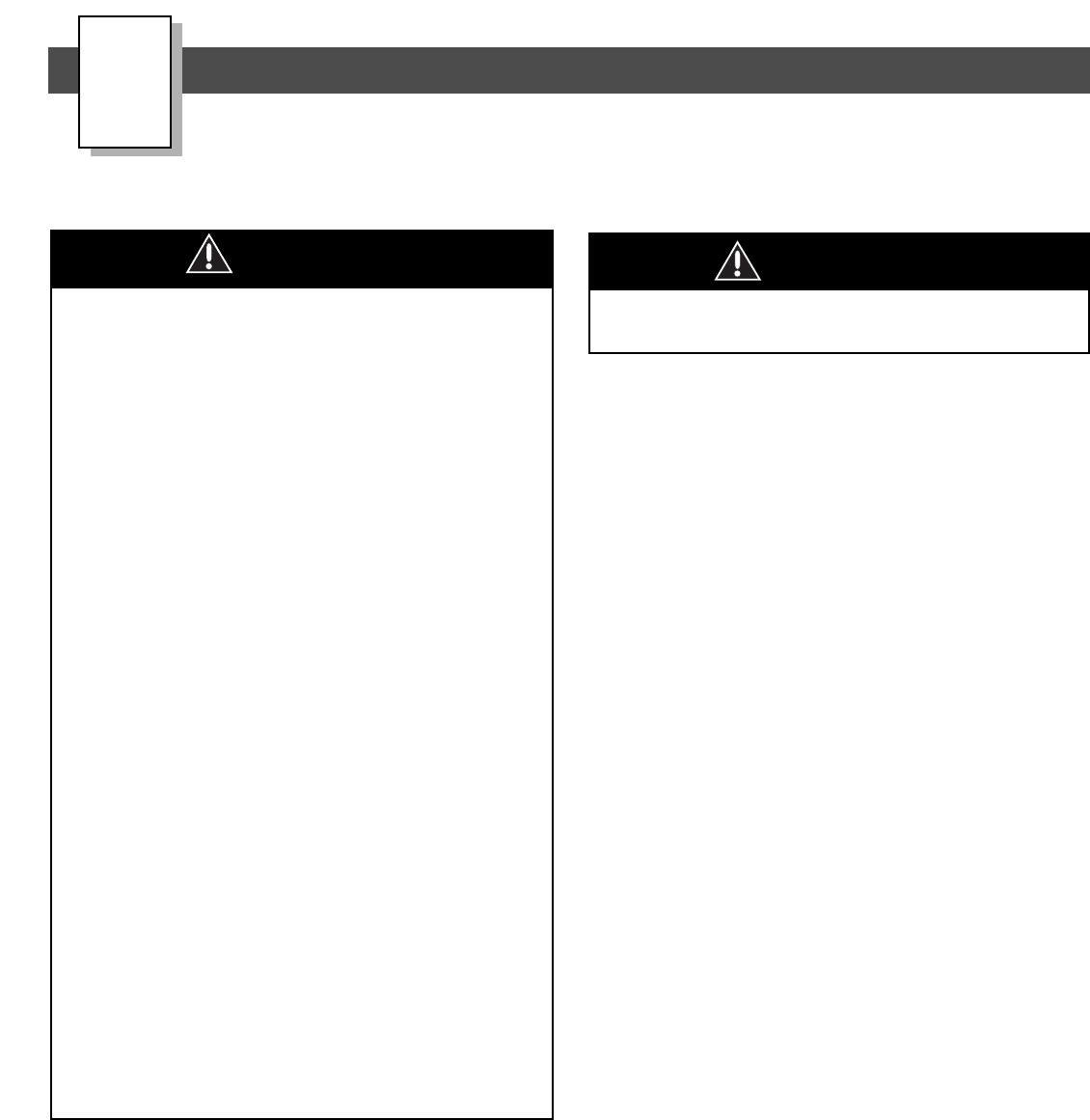
Battery Charging
E
About Thermal Fuses
Your Power Wheels
®
12 volt battery is equipped with a
built-in thermal fuse. The thermal fuse is a self-resetting
safety device which automatically “trips” and shuts down
operation of the vehicle if the vehicle is overloaded or the
driving conditions too severe. Once a fuse has “tripped”,
it will automatically reset itself after approximately 25
seconds and allow the vehicle to resume normal
operations. To avoid repeated automatic shutdowns,
do not overload the vehicle by exceeding the 65 lbs.
(30 kg) maximum weight capacity or by towing anything
behind the vehicle. Avoid severe driving conditions, such
as driving up very steep slopes or running into fixed
objects, which can cause the wheels to stop spinning
while power is still being supplied to the motors. Make
sure your child stops the vehicle before switching speeds
or direction.
If a thermal fuse in a battery continually trips under
normal driving conditions, please contact your local
Power Wheels
®
Authorized Service Center. For the
location of the Authorized Service Center nearest to
you, see page 24.
CAUTION
Use the charger in dry locations only.
WARNING
•Battery can fall out and injure a
child if vehicle tips over. Always use
battery clamp.
• PREVENT FIRE
- Never modify the electrical system.
Alterations could cause a fire resulting
in serious injury and could also ruin the
electrical system.
- Use of the wrong type battery or
charger could cause a fire or explosion
resulting in serious injury.
- Use of Power Wheels
®
components in
products other than Power Wheels
®
vehicles could cause overheating,
fire or explosion.
• The battery must be handled by adults
only. The battery is heavy and contains
sulfuric acid (electrolyte). Dropping the
battery could result in serious injury.
•Never allow children to charge the battery.
Battery charging must be done by adults
only. A child could be injured by the
electricity involved in charging the battery.
• Read the safety instructions on
the battery.
• Examine the battery, charger and their
connectors for excessive wear or damage
each time you charge the battery. If
damage or excessive wear is detected, do
not use the charger or the battery until you
have replaced the worn or damaged part.
ELECTRICAL HAZARD
7



